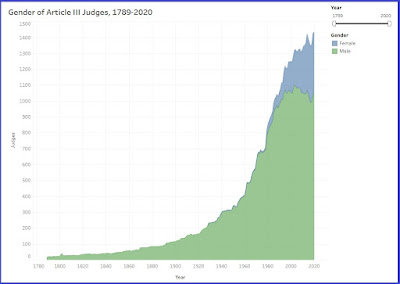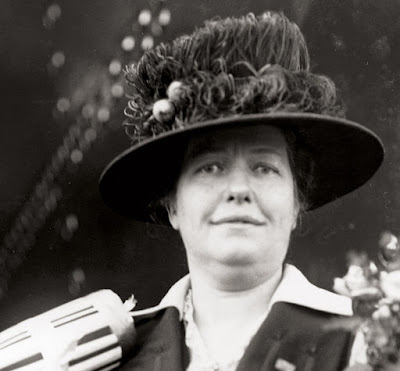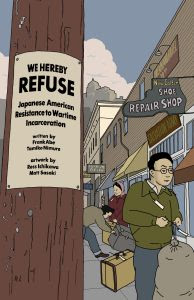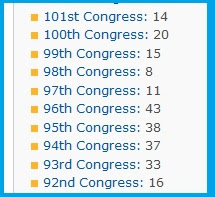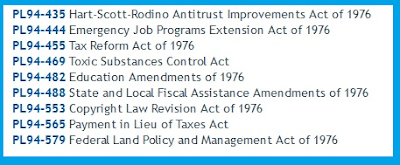You've no doubt heard that the Supreme Court is considering a case that could overrule Roe v. Wade, 410 U.S. 113 (1973).*
Maybe you've been following this news closely. Or maybe you've been concentrating on papers, exams, and getting food on the table. Either way, you might like to have some resources handy to help you understand the context of the case.
Good Overviews
Laurie Sobel et al., Abortion at SCOTUS: Dobbs v. Jackson Women’s Health, KFF (updated May 4, 2022).
(The Kaiser Family Foundation is a nonprofit organization that reports on health policy.)
Jon O. Shimabukuro, Supreme Court Considers Mississippi Abortion Law, Cong. Rsch.Serv., LSB10669 (Dec. 13, 2021).
(The Congressional Research Service is a branch of the Library of Congress that prepares nonpartisan reports on topics requested by members of Congress. Search for CRS reports here. Learn more about them in our guide.)
Marcia Coyle, If the Supreme Court overrules Roe in the new term, will we know for sure?, Nat'l Const. Ctr. (July 23, 2021)
(Marcia Coyle has been covering the Supreme Court for the National Law Journal for many years. This article posted on the National Constitution Center doesn't have the paywall that the National Law Journal's website does. You can search for more of her great reporting on Lexis or Bloomberg Law.)
Roe v. Wade in Peril: Our Latest Resources, Guttmacher Inst.
("The Guttmacher Institute is a leading research and policy organization
committed to advancing sexual and reproductive health and rights (SRHR)
worldwide." About page.)
Lauren Zazzara, 50 Years of Precedent: Will Roe v. Wade Be Overturned?, HeinOnline Blog (May 4, 2022)
The Statute
The statute challenged in Dobbs is Miss. Code § 41-41-191
Discussions
SCOTUSblog coverage of Dobbs v. Jackson Women's Health Organization. Page links to over 30 blog posts on different aspects of the case, from the Court granting review to the amicus briefs to leak of a draft opinion. Includes links to parties' briefs and dozens of amicus briefs.
National Constitution Center podcasts:
(For more commentary from the National Constitution Center, go to the site and search for "dobbs.")
The State of Abortion Laws
An Overview of Abortion Laws, Guttmacher Inst. (May 1, 2022)
Christine Vestal, Blue States Enact New Laws to Create Abortion Haven, Stateline (Pew Center) (April 1, 2022)
("Established in 1948, The Pew Charitable Trusts is a global
nongovernmental organization that seeks to improve public policy, inform
the public, and invigorate civic life" About page. )
Historical Context
Jacque Wilson, Before and after Roe v. Wade, CNN (Jan. 22, 2013)
Deepa Shivaram, The movement against abortion rights is nearing its apex. But it began way before Roe, NPR (May 4, 2022)
Advocacy Groups
Perhaps you noticed that the links above are to nonpartisan organizations or mainstream media like NPR and CNN. If you want to explore what different groups have to say about the issues, one place to start is the amicus briefs linked on the SCOTUSblog page. There are briefs from religious leaders, right-to-life groups, pro-choice groups, academics, and more.
The briefs should have a more developed exposition of the different positions than, say, bumper stickers or tweets. That's not to say that you can't read bumper stickers and tweets—just that the briefs will offer a different sort of discussion.
You can also check the organization's websites for press releases and other commentary on the latest developments.
For a Deeper Dive
Students need to get through finals, but if you're planning your summer reading, there are lots of interesting books, including:
Print Book
The
family Roe : an American story
Joshua Prager, author.
2021 New York, NY : W.W. Norton & Company
Finalist for the 2022 Pulitzer Prize for General Nonfiction, as well as part of Gallagher Law Library's Good Reads collection.
Print Book
Reproductive rights and justice stories
edited
by Melissa Murray (Professor of Law, New York University School of
Law), Katherine Shaw (Professor of Law, Benjamin N. Cardozo School of
Law), Reva B. Siegel (Nicholas deB. Katzenbach Professor...
2019 St. Paul, MN : Foundation Press
This is also available via our West Academic Study Aids package. Register to download the Red Shelf app and read the book on your mobile device. For more on study aids, see our videos.
Print Book
Before Roe v. Wade : voices that shaped the abortion debate before the Supreme Court's ruling
edited by Linda Greenhouse and Reva Siegel.
©2010 New York : Kaplan Pub.
Free PDF of the book—all 406 pages—available on SSRN
ebook
Obstacle course the everyday struggle to get an abortion in America
David S. Cohen, 1972- author.
2020 Oakland, California University of California Press
Merle Hoffman, 1946-
2012 New York City : Feminist Press at CUNY
Rickie Solinger, 1947-
2001 New York : Hill and Wang
Law Reviews and More
Hundreds of law review articles have been written about Roe v. Wade and other abortion cases. You can search HeinOnline, Westlaw, or Lexis. You can also find a lot on SSRN. (For more on searching SSRN, see our guide.)
-----------------------------
*That link is to the Caselaw Access Project, a free source of U.S. state and federal caselaw. Of course, if you have access to subscription databases, you can look it up in many sources, including HeinOnline, Lexis, Westlaw, and Fastcase.











